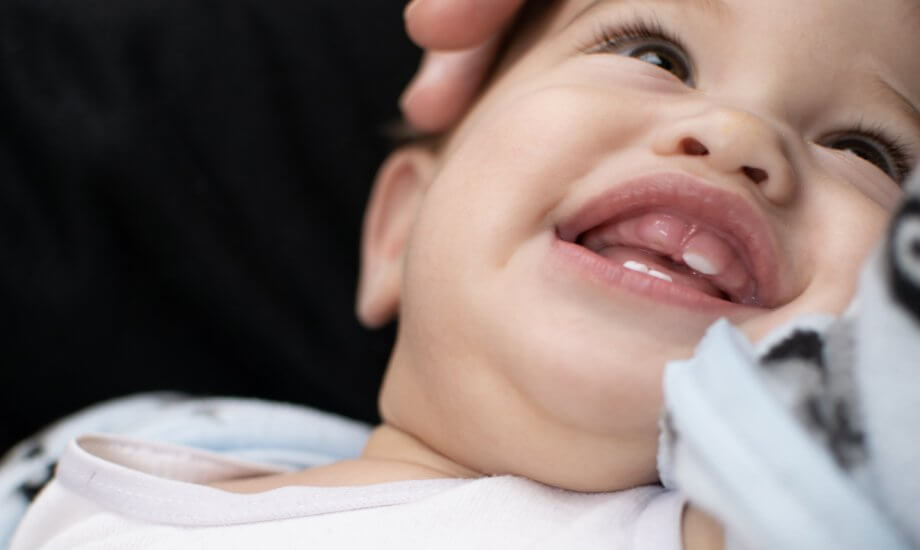Although the exact time varies from child to child, newborns commonly begin teething around six months. The bottom two front teeth normally emerge first, followed by the top two front teeth. Teething can be an unpleasant and challenging experience for newborns and parents, as infants may become particularly irritable or unhappy when their new teeth develop.
Teething symptoms include irritation or fussiness, drooling, gnawing on firm, solid objects, and aching or sensitive gums. Parents frequently believe that teething causes diarrhea and fever, but research has proven this is not true. Teething causes symptoms and signs in the gums and mouth but does not cause constitutional or other long-term physiological issues. A dentist can tell you more – consult a family and cosmetic dentist today.
Stages of teething
Teething occurs in five phases, lasts a long time, and may be difficult for both parents and newborns. On the other hand, understanding what to expect during this challenging period may help parents relieve their baby’s suffering and effectively navigate their way into toddlerhood.
- Stage 1: 0-6 months
Babies are born with a complete set of 20 main teeth in the jawbones behind their gums. These are sometimes called “milk teeth” because a baby’s nutrition at this stage is largely limited to milk.
- Stage 2: 6-8 months
The first teeth appear at this period. The lower and upper front teeth, known as incisors, begin to erupt at six months, but signals of pain or discomfort may appear before then. The uneven edges of the teeth may press against the gums before the eruption, and the baby will generally begin chewing on toys, hands, or other solid items. Putting pressure on the gums relieves pain and serves as a diversion for newborns, so supply them with appropriate chew objects to lessen their discomfort.
There will almost certainly be an increase in drool during this period, so maintaining a little bib on the infant can help keep their chin dry. This can help prevent a rash from appearing around the baby’s lips and chin, which can be aggravating.
- Stage 3: 10-14 months
The primary molars begin to emerge at this period. These teeth are found in the lower and upper jaws toward the rear of the mouth. This stage is similar to stage 2, except parents may notice more drool, crankiness, and a desire to chew on solid materials. It is also normal for newborns to have a decreased appetite, fever, and diarrhea during this period.
During stage 3, a baby’s sleep pattern may become irregular or “off.” Unfortunately, newborns and parents typically lose sleep at night during this teething phase.
If a baby’s pain becomes too severe or the newborn appears to be in excessive discomfort, visit a doctor for recommended over-the-counter pain relievers or for further information on the later phases.
Related posts
Recent Posts
- The Future of Fax: the Latest Features and Innovations in Fax Apps March 31, 2024
- Essential Tax and Accounts Support in Seattle March 26, 2024
- Gum Grafting To Reclaim Your Smile Aesthetics March 14, 2024
- Enhancing Industrial Automation with VTScada Software March 8, 2024
- Coyote Hunting in Different Seasons: Strategies for Spring, Summer, Fall, and Winter March 7, 2024
- Game on- Sports stars and fan spirit slot games February 28, 2024
- Customizing Accounting Solutions: CPAs as Tailors of Financial Success in Brunswick, OH February 14, 2024
- Efficient and Stress-Free Commercial Moves with Professional Movers February 9, 2024
- Pelican Cases for Tactical Gear: A Must-Have for Every Operator February 8, 2024


